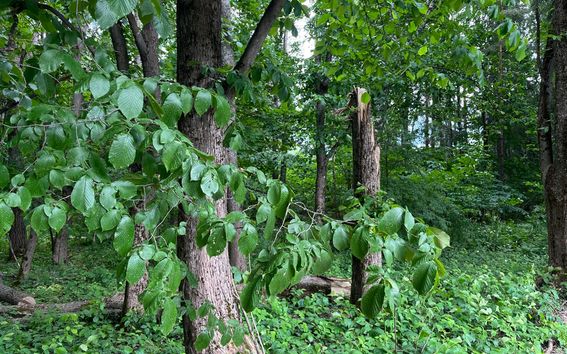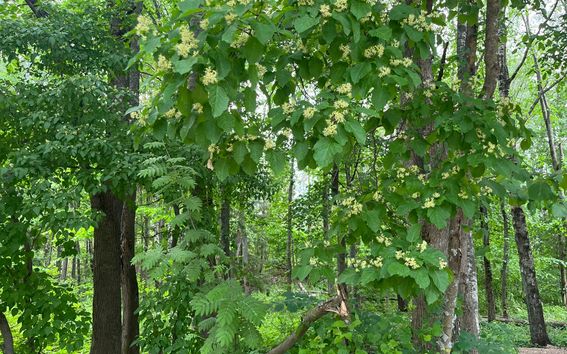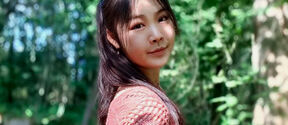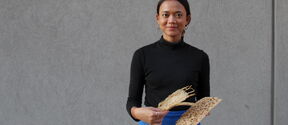Vibrant and refreshing campus forests - autumn forestry maintenance begin

An arborist will be carrying out structural trimming on aged trees and hazardous branches, as well as forest maintenance on the campus during autumn 2024. The urban trees on the Otaniemi campus have grown old over the years, and the forest areas on the campus are very diverse in structure. The maintenance efforts will also enable the growth of a new and younger generation of trees.
Trees and branches that require regeneration are trimmed. Trees that are in danger of falling due to decaying fungi or trunk damage are brought safely to the ground to ensure a continuum of decaying trees in the campus forest and park areas.
Throughout the campus forests, the decaying tree continuum is maintained, providing food for decomposers as well as numerous fungi species, mosses, and lichens.
The forests will receive additional deadwood by leaving large decayed trunks on the ground, landscaped naturally to blend into the urban forest. Artificial stumps and standing deadwood will also be left in the area.
Deadwood enhances the habitat opportunities for insects and soil organisms, serving as nesting sites and containing cavities for various species. As the wood decomposes on the forest floor, it retains moisture, creating cool and favourable microclimates for breeding. Decaying trees also serve as a food source for fungi and microbes, supporting the natural nutrient cycle in our forests.

The diverse forest ecosystem on campus is an important part of the daily refreshment opportunities for campus users. The importance of urban nature and the ecosystem services it provides, are recognised as part of an attractive and functional campus environment.
In managing the campus forest areas, the safety of campus users is prioritized, but since the campus is also a core habitat for flying squirrels, their living conditions are taken into account in all forestry activities.
Read more news

Future makers research batteries, cryptography and plastic recycling
The Technology Industries of Finland Centennial Foundation awarded 3.5 million euros in research funding to eight projects, five from Aalto University.
Meet the new ELLIS Institute PIs: Azade Farshad advances AI for medical applications
Farshad’s research background is in computer vision and generative models.
From award-winning food packaging to researching biodesign spaces
From an early age, Ena Naito was drawn to both the sciences and design. She found the perfect place to bring those two worlds together.






